Trek-Segafredo Team (United States) - Press Release: A conversation with Paraic McGlynn about bike fitting and the new Speed Concept.
Paraic McGlynn has been doing bike fitting for Trek-Segafredo for the last eight years, though he prefers the term “cycling analysis.” There’s a subtle distinction. “Bike fitting” has become a catch-all for anyone who maybe adjusts a saddle or handlebar height, regardless of their methods or experience. The cycling analysis he does is a rigorous process that uses scientific technology and focuses on biomechanics.
“We have someone completing a PhD in biomechanics on staff and we have a doctorate in physical therapy who has vetted everything that we do,” McGlynn says. “We’re grounded in all the existing science. We are grounded in best practices from a physical assessment standpoint. Everything we do isn’t based on our opinion about things; it’s based on verifiable facts about how we approach optimizing athletes.”
McGlynn is also the founder and owner of Cyclologic in Scottsdale, Ariz., where he frequently works with high end endurance athletes. His expertise in aerodynamics and biomechanics played a role in the development of the new Speed Concept, released Thursday. His verdict on the bike?
“When [the athletes] all come back and they’re giddy and they’re like, ‘Holy crap, this is way faster,’ that’s the best scenario,” McGlynn laughs. “When the athletes are coming back with big smiles on their faces and everybody is going, ‘This feels really fast,’ that’s not always the case when you make something faster.”
McGlynn sat with the Trek Race Shop to explain Trek-Segafredo’s bike fitting process, and dive even more in-depth on the new bike. The following conversation has been edited for clarity and length.
What takes place before you get hands on with an athlete?
Paraic McGlynn:
When we start to work with an athlete, the first thing we do is we review the medical history. When I started working with Trek-Segafredo eight years ago, we brought the physical therapist that Cyclologic had been working with for 20 years. So the fundamental basis for doing cycling analysis is that we understand the body first, and the way you understand the body is by assessing the flexibility of all the key muscle groups, not just the ones that create force, but also the ones that stabilize.
So we do a combination of flexibility and strength assessments, and then we look for major structural asymmetries. So we look at the bony structure of the body, too. And once we have an idea how that person’s body functions, what their limitations are, what their performance opportunities are, we’ll then begin using a multi-planar, multi-disciplinary approach. In other words, we shoot high speed video from multiple directions. And we’ll use pressure mapping to determine how the body is interacting with the bike.
Once we combine the interview with the physical assessment, with the motion analysis, and with the pressure mapping, which is about an hour into the process, then and only then will we consider making any changes. So it’s a very measured, rigorous process.
What’s your process once you start physical testing?
So we have the history in physical assessments, we have the foot evaluations, we have the video analysis, the motion analysis and the pressure mapping in the saddle and/or in the shoes. And then based on that evidence, we use a process called critical reasoning, and in that critical reasoning, we identify a hierarchy of what I want to work on, because sometimes we don’t have a lot of time to work with the athletes because they have a lot of other demands on their time.
Then, if they’re an athlete that we’re focusing on for time trials, we’ll bring them to the velodrome. We’ll do aero testing on the velodrome where we’re looking for a position that’s sustainable and has good breathing mechanics with a special proprietary process of tracking how they breathe as we change position. And then we’ll do a separate process where we take them out on the road and make sure the position is feasible out in the real world. And then each day as they go riding at camp, and they come back, I’ll be waiting to get feedback on how the position felt, how the change in saddle felt, how the new aero position felt.
Because these athletes are so finely tuned, we will sometimes make small changes based on that. When you make a change on an athlete at that level, because they have millions and millions of repetitions in a position, it’s not like working on a recreational athlete where you can make relatively large changes because there isn’t as much adaptation at play. With WorldTour athletes you have to be very measured and very specific about what you do and how much you change. Sometimes that will be a phased process. You will make small changes over the period of camp, or over the period of a season.
When working with Trek-Segafredo riders, where does the majority of this testing take place? At team camp?
McGlynn:
It’s a combination. So the majority of the work is at team camp, but let’s take Ellen van Dijk for example. So Ellen has had some injuries related to crashes. She’s had some saddle challenges. So it’s very much a team approach. Josu [Larrazabal], her coach and trainer, will keep us in touch with Ellen with what’s going on. Nate [Koch, physical therapist from Endurance Rehab,] will prescribe strength and flexibility drills to help maintain a good saddle interaction because her core is strong and because we have injuries issues. And then I’ll have positional inputs as riders recover from crashes.
There are two types of positions. There’s an optimal position, in which the athlete has no limitations and we are pushing the position to its limits, so to speak. Or athletes have what we call an “accommodated position,” and an accommodated position has to morph with the athlete as they lose fitness, or regain strength.
So in Ellen’s case, we started with a conservative position, we started with a particular saddle, and then as she got stronger and got fitter, that position became more aggressive and more race appropriate. And all of that culminated with her winning European Championships this year, and World Championships in the time trial. That was a multi year process for Josu, Nathan and myself working together on getting Ellen to the point where she could perform at a world class level again.
So in a given year, I’ll see the athlete between two and four times, and depending on what they have going on, there may be offline interactions between us and the coaching staff and the physical therapist.
You live in Arizona, and you work with athletes all over the world. Does that make your job difficult, especially when you’re making such small changes?
McGlynn:
Some of these athletes we’ve worked with for four, five and six years, so you have more data points on those athletes, so they’re easier to work with. But the athletes that are new to the team, sometimes we need to see them several times because we’re dealing with very different equipment, different saddles, different shoes. And Trek-Segafredo has an amazing team of product engineers that will sometimes do special tweaks and accommodations to equipment. So it wouldn’t be unusual for an engineer to be involved with some specific accommodation for an athlete because of an injury or some other condition.
But there are times when it’s difficult because I can’t put my hands on an athlete all the time. And even though sometimes I will go to races, sometimes the athlete that’s having issues isn’t even at the race. So there are times where it can be frustrating to work at such long distances. The team is working on having more resources for athletes during the season because being in the United States can be a bit of a hurdle. But we also have other fitters that we work with in-season.











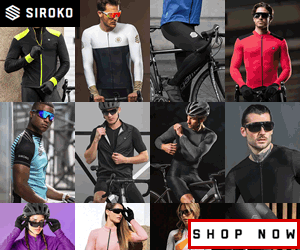

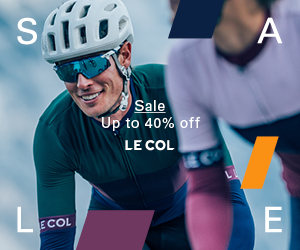




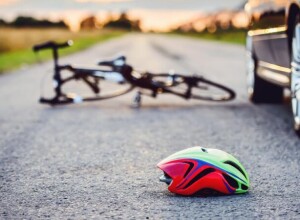

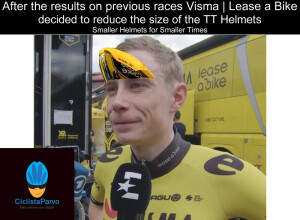
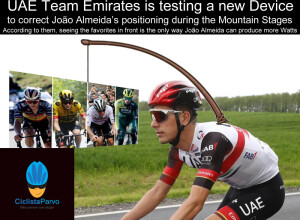




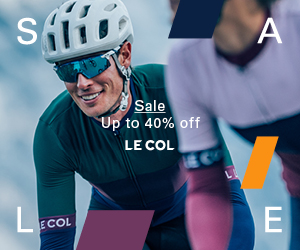

Interested? Submit your enquiry using the form below:
Only available for registered users. Sign In to your account or register here.